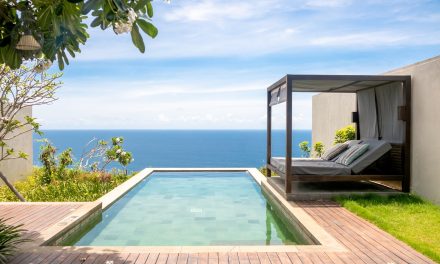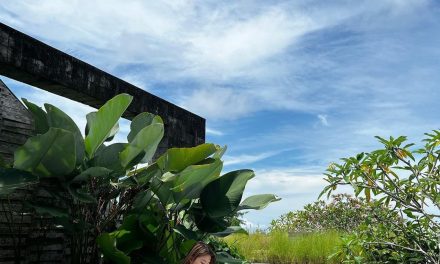If you’re a surf enthusiast or just someone who’s dipped their toes in surfing, Seminyak in Bali is a haven that you should definitely add to your list. From boardshorts to sun-kissed days, Seminyak offers a fantastic surfing experience. But what can you expect when it comes to conditions throughout the seasons? Let’s dive into Seminyak surfing conditions by season, share some personal anecdotes, and equip you with practical tips to make the most out of your surf trip.
The Overall Vibe of Seminyak
Before we zoom in on the seasonal conditions, let’s talk about the atmosphere. Seminyak is vibrant, with its chic beach clubs, eclectic dining spots, and marvelous sunsets that paint the sky in shades of pink and orange. It’s a great place to socialize after a long day of riding the waves. Picture this: After an exhilarating surf session, you and your friends grab a cold Bintang beer while lounging on bean bags at a beach club, watching the surfers paddle out against the backdrop of a stunning sunset. This is paradise, isn’t it?
The Seasons: What to Expect
1. Dry Season (April to October)
Surf Conditions: The dry season in Seminyak is often regarded as the best time for surfing. The waves are generally more consistent, with sizes ranging from 3 to 6 feet. The winds are offshore during the morning, creating perfect glassy conditions.
Personal Anecdote: I remember my first surf in April. The waves were inviting, and I was surprisingly able to catch a few rides after just a couple of lessons. The thrill of gliding over a wave, feeling the spray of seawater on my face, was a feeling I can’t quite describe. It was during this season that I truly fell in love with surfing.
Practical Tips:
– Timing: Try to hit the waves early in the morning to avoid the crowds and enjoy the best conditions.
– Equipment: A shortboard is ideal for the bigger waves, while beginners might find a longer board more forgiving.
– Hydration & Sun Protection: Don’t forget to drink plenty of water and apply reef-safe sunscreen. No one wants to end up with a nasty sunburn after an epic surf session!
2. Wet Season (November to March)
Surf Conditions: While the wet season can bring bigger swells, it’s also characterized by inconsistent surf days. Rain showers can appear suddenly, and the winds can be tricky with onshore conditions. However, there are still plenty of days with decent waves, especially for intermediate to advanced surfers.
Relatable Scenario: I remember visiting in December and finding the beach relatively quiet. The waves were challenging but doable for someone with some experience. I met a group of locals who were super friendly and suggested we surf together. They taught me a few fun tricks, and despite some wipeouts, it was thrilling to tackle the bigger waves. Sometimes, the best experiences come when you embrace the unpredictable!
Practical Tips:
– Stay Flexible: Be ready to adapt your surf schedule based on the weather. Some of the best rides might happen right after a rain.
– Learn from Locals: Engage with local surfers. They can offer invaluable insights about hidden spots and current conditions.
– Safety First: Increased rain means stronger currents. Always check the surf report, and don’t hesitate to ask your surf instructor about safety.
3. Shoulder Seasons: Transitional Months (March & November)
Surf Conditions: The shoulder months are a mix of both wet and dry season conditions. You can expect decent waves but with varying consistency. This is a great time for surfers of all levels to enjoy the water without dealing with peak season crowds.
Unique Insight: I once visited during the shoulder month of November. The waves weren’t at their peak, but the best part was the ambience. With fewer tourists around, it felt like I had the ocean all to myself. I still recall catching a few fun waves and then relaxing on the beach while munching on fresh coconut and watching the local beach soccer game unfold—it was bliss.
Practical Tips:
– Explore: Take this opportunity to explore beyond Seminyak. Handy spots like Canggu or Uluwatu are short drives away and might offer better surfing conditions.
– Check Equipment Needs: If you’re renting gear, make sure the rental shops have options suited for the current conditions. Don’t hesitate to ask for advice from the staff.
– Be Social: With fewer tourists, it’s a golden chance to meet other surfers, share stories, and maybe even make lifelong friends.
Conclusion
Whether you find yourself riding the waves in the dry season or navigating through sporadic rain during the wet months, Seminyak offers a captivating surfing experience year-round. From the thrill of catching your first wave to the joy of connecting with fellow surfers at a beach bar, each surfing encounter adds to your story.So pack your board, don your best surf attire, and prepare for an unforgettable surfing adventure in Seminyak. Remember that every wave ridden and every face-planted wipeout is part of the journey, and that’s what makes surfing a life-changing experience. Here’s to the waves, friends, and the stunning sunsets that await you!






